Analysis of the differences between dynamic and static plantar pressure distribution systems: Which one is more suitable for gait correction?
1. Differences in data collection dimensions
The static system captures the morphological characteristics of the foot through the pressure distribution in a single standing state, mainly measuring parameters such as the plantar pressure peak, the center of gravity distribution of the left and right feet, and the arch contact area, which is suitable for rapid screening of structural abnormalities such as flat feet and high arches.
Its advantage is that high-resolution sensors (usually more than 40 sensing points per square centimeter) can accurately present the contact morphology of the foot and the support surface, but only reflect the biomechanical characteristics in a static state.
The dynamic system captures the pressure changes during walking, running and other movements through a continuous pressure sensor array (such as capacitive or piezoresistive), which can record time series data such as the trajectory of the pressure center, the pressure distribution ratio at each stage of the gait cycle, and the order of foot contact.
The German-made dynamic measurement tablet even supports synchronous electromyographic signal acquisition to realize the correlation analysis of pressure distribution and muscle activity. This multi-dimensional data is closer to the real gait characteristics, and is particularly good at discovering functional compensation problems.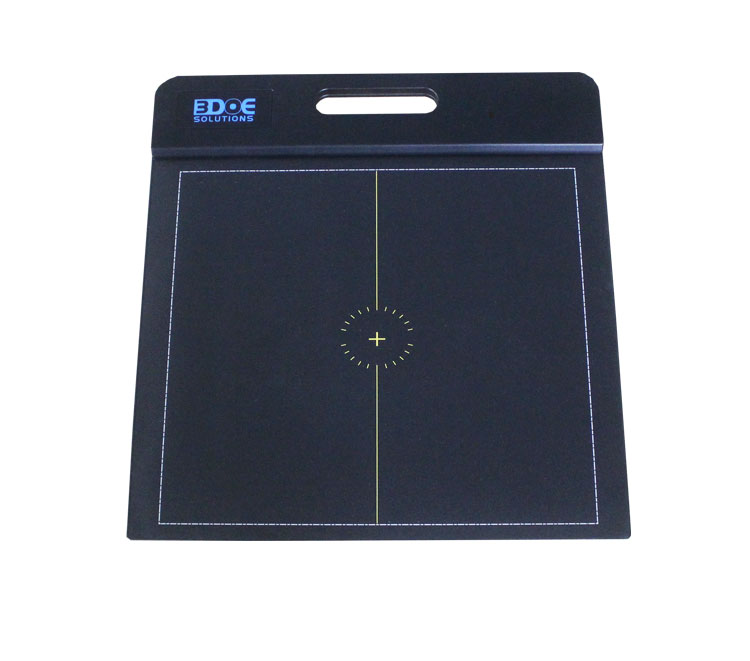
2. Comparison of clinical application effectiveness
In the gait correction scenario, the core value of the dynamic system is reflected in three aspects:
Abnormal gait identification: It can detect dynamic imbalance patterns such as inversion/valgus and excessive pronation. For example, flatfoot patients often have abnormal high pressure in the cuboid area during the gait propulsion period, and static detection is difficult to capture such transient phenomena;
Correction effect verification: By comparing the dynamic pressure distribution before and after the use of orthopedic insoles, the effect of plantar pressure redistribution can be quantitatively evaluated, such as reducing the forefoot peak pressure by 15%-30%;
Movement pattern reconstruction: Dynamic data can guide gait training, such as adjusting the ground contact angle through real-time pressure feedback to improve the patient's gait symmetry by more than 20%.
The static system is more suitable for orthopedic device design. Its high-precision arch contour data (accuracy of 0.5mm) can guide the calculation of the support structure parameters of 3D printed insoles to ensure the correct alignment of the foot force line during static load-bearing. However, for the correction of abnormal dynamic force transmission during the gait cycle, its data support is obviously insufficient.
III. Technical limitations and adaptation scenarios
Static systems are still the first choice for primary medical institutions to screen for structural foot lesions due to their low hardware cost (about 1/3 of dynamic systems) and easy operation.
However, their single sampling characteristics may mask compensatory gait. Studies have shown that 38% of patients with arch collapse present "pseudo-normal" pressure distribution in static testing.
Although dynamic systems can fully reflect gait characteristics, there are two major application barriers:
Data interpretation is highly complex, and multivariate analysis models need to be established in combination with parameters such as pace and frequency;
Spatial resolution is limited, and it is difficult to achieve both sensor sampling frequency (usually 100-500Hz) and spatial accuracy in walking state, which may miss details of local high-pressure points.
IV. Selection strategy and trend fusion
For children's gait correction, dynamic systems have more advantages: they can capture various action patterns such as jumping and running, and combined with six-axis gyroscope data, they can more comprehensively evaluate the adaptive changes of the foot during development. Postoperative rehabilitation patients need static/dynamic combined assessment, with static data ensuring accurate bone alignment and dynamic data monitoring muscle coordination efficiency.
Current technology has shown a trend of integration. For example, some devices can obtain millimeter-level arch morphology and analyze the pressure migration law in the gait cycle through the dual-mode design of "static high-precision scanning + dynamic pressure tracking".
This integrated solution reduces the design error of the correction plan to less than 3%, becoming a new standard for precision rehabilitation.

 +86-0755-86131192
+86-0755-86131192 2025-03-17
2025-03-17 Back to list
Back to list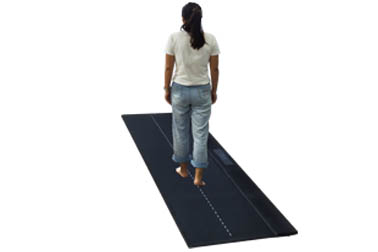
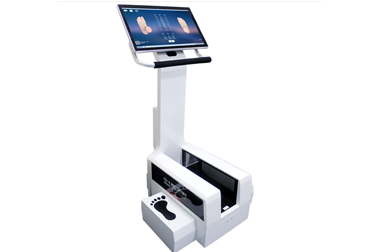
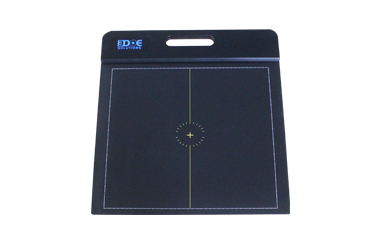
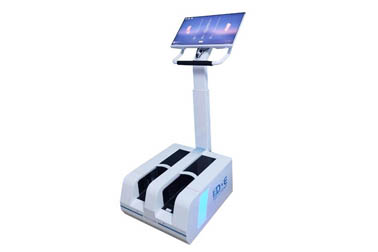
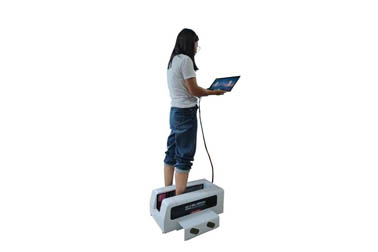



 +86-0755-86131192
+86-0755-86131192